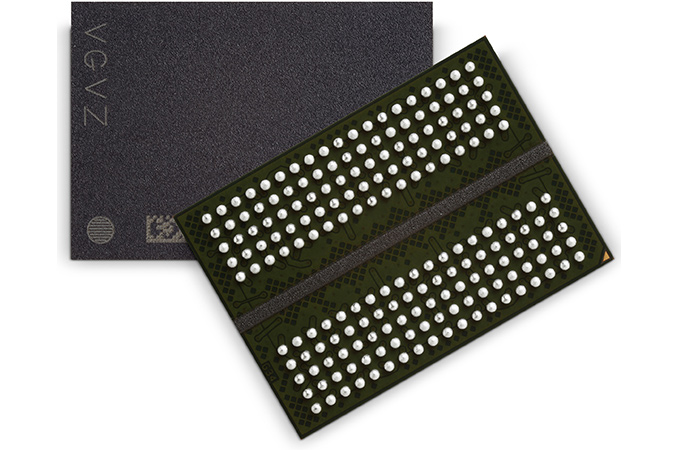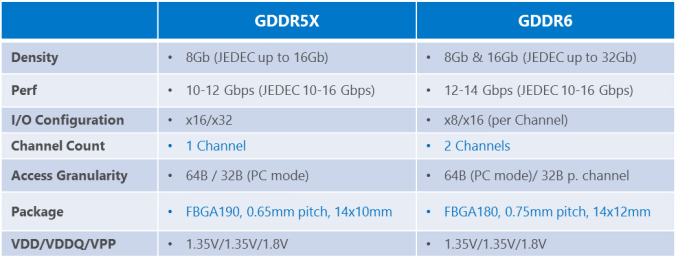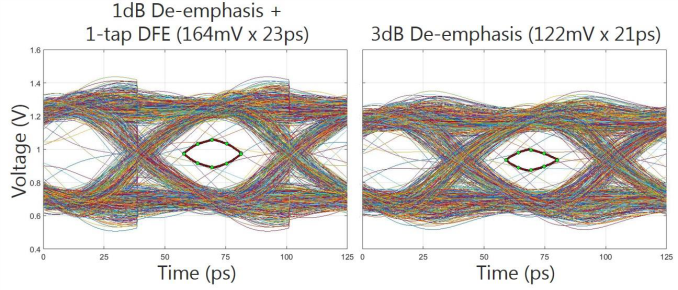Micron Finishes GDDR6 Internal Qualification, Eyes H1'2018 Mass Production
by Ryan Smith on December 21, 2017 6:30 PM EST
With rumors swirling pretty widely that the next generation of video cards from both vendors will be based around GDDR6 memory, there’s understandably a lot of interest in the development and release status for the new memory. While GDDR6 is not set to ship until 2018, 2017 is now just weeks from coming to a close, meaning “later” is quickly becoming “sooner” and vendors are releasing increasing amounts of information about their GDDR6 plans.
No exception to that rule is Micron, who published a blog post this morning recapping their 2017 graphics memory efforts and outlining their production initiatives for 2018. The company already has a foot in the door on the next-generation memory game with GDDR5X, and as previously announced by the company, they’re looking to pivot that experience into producing GDDR6.
Getting to the meat of Micron’s blog post then, the company has revealed today that they have finished the design and internal qualification of their 12Gbps and 14Gbps GDDR6 chips. This means that at least internally, they have completed what’s arguably the hardest parts of GDDR6 development from the memory side of matters, and now they can focus on mass production and the development of even higher speed bins. Interestingly, according to the company they actually came in a bit ahead of schedule here, as they weren’t originally planning to be done with internal qualification quite this soon.
As far as mass production goes then, Micron has previously discussed reaching mass production of GDDR6 in the first half of 2018, and as of their latest update that’s still the goal. In fact the company is already sampling the chips. Notably here, they’ve said that they’re “pushing” for H1 on mass prodcution, but with internal qualification slightly ahead of schedule, it puts them in a better position to hit their goals.
Meanwhile the company’s chip designers are now buckling down to work on the next set of GDDR6 speed bins, including 16Gbps GDDR6. This is an area in particular that the company is looking to leverage their GDDR5X experience, as the biggest challenge at this point is the signaling rather than the memory cells themselves. Successive GDDR standards have generally only made modest changes to the internal clockspeed of the memory cells, while the interface speeds themselves have continued to ratchet up. And while GDDR5X and GDDR6 have some notable differences between them, Micron’s existing experience with 12Gbps+ GDDR5X is generally applicable to GDDR6 as well. However at least for the moment, Micron isn’t talking about when a 16Gbps speed bin may be available since it’s so early into development.
Finally, while GDDR6 will be the new cutting edge graphics memory for 2018, the success of GDDR5 over the past decade means that memory isn’t going anywhere any time soon, and Micron’s blog post notes that the company is continuing to invest in that as well. The company has started mass production and shipping of 8Gb GDDR5 chips built on their new “1Xnm” DRAM manufacturing process, which is part of their long-term plans for continuing GDDR5 production. Even in a best-case scenario, GDDR6 is likely to hold a price premium for quite some time, so GDDR5 is going to be the more reasonably priced memory option for mainstream video cards and other devices that need the higher bandwidth of GDDR memory, but not the speeds (or costs) of GDDR6. The company has also noted that the new DRAM offers “increased speed margins” but hasn’t elaborated on just what that means.
Source: Micron












12 Comments
View All Comments
menting - Monday, December 25, 2017 - link
7nm is impossible, unless you are talking about the controller only. Samsung is on the 1y node for DRAM, and Micron and Hynix will soon follow with their own 1y node, which is ~16nm approx.Yojimbo - Monday, December 25, 2017 - link
I think he's referring to Rambus's recent reveal of their plans for HBM3 and DDR5 PHY chips on 7nm. Apparently the PHY sits between the memory controller and the DRAM cells. In HBM2 I am guessing it's in the logic die at the base of each stack, but I don't really know. I'm also guessing it's possible HBM3 could be made with a PHY produced on some other node than 7nm. I just did a quick search for who else might make HBM PHYs. I checked Inphi but apparently Rambus bought Inphi's memory interconnect business in 2016. I have no idea if Inphi made them before that or not. Rambus, which is mainly an IP company, started designing a few low revenue chips some years back because, from what I remember reading the CEO say a year or two ago, their customers weren't happy with what was available on the market at the time.In any case, 7nm or not, I doubt we'll see HBM3 before 2019. It seems that in August 2016 Samsung promised 2019 as the likely year of introduction of their HBM3 chips. That's more likely to get pushed back than moved forward.